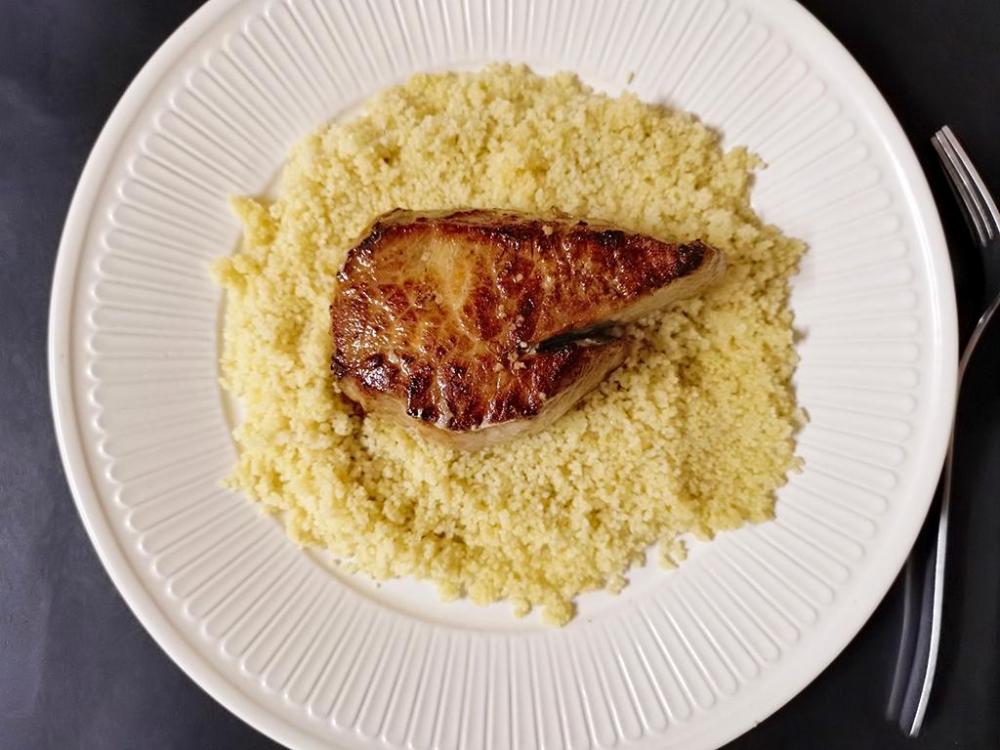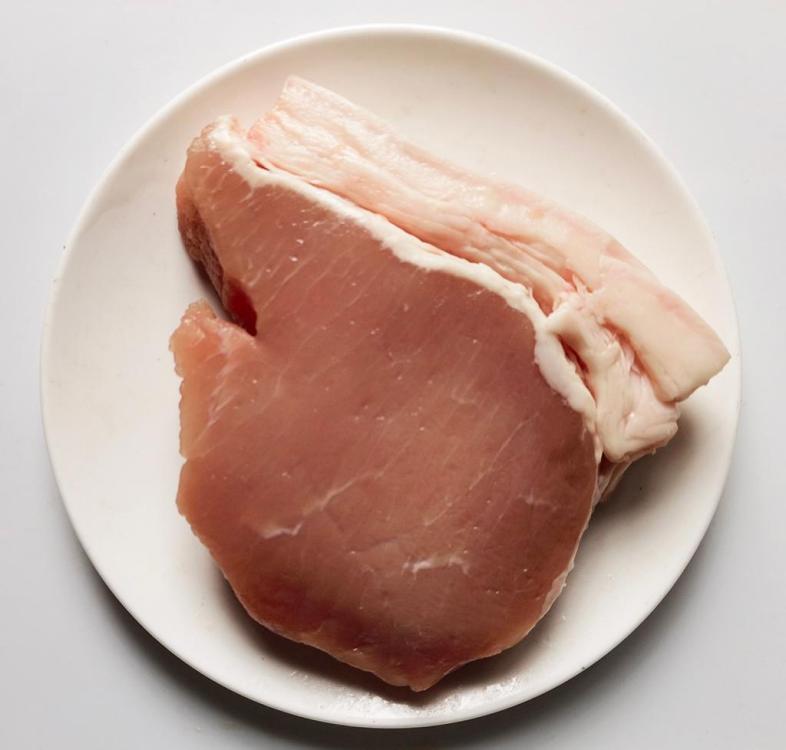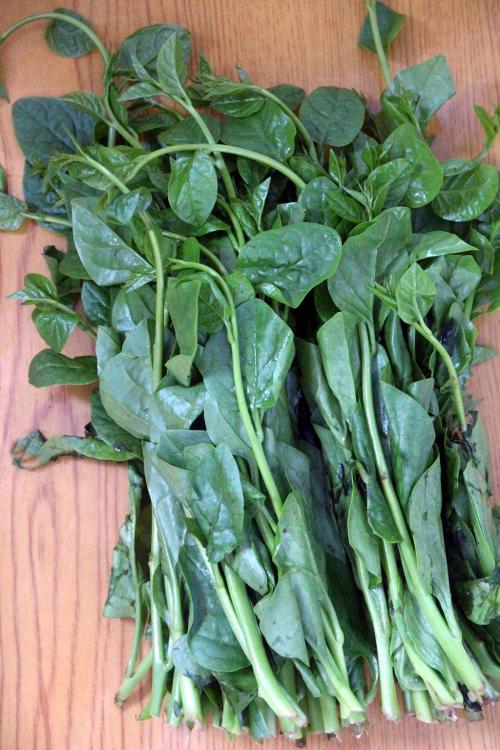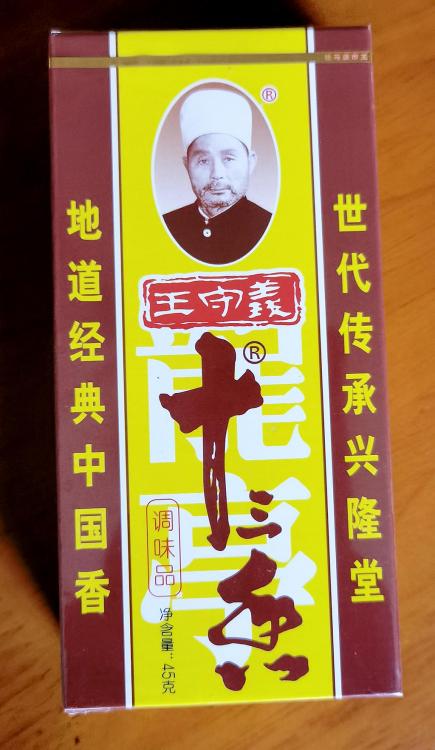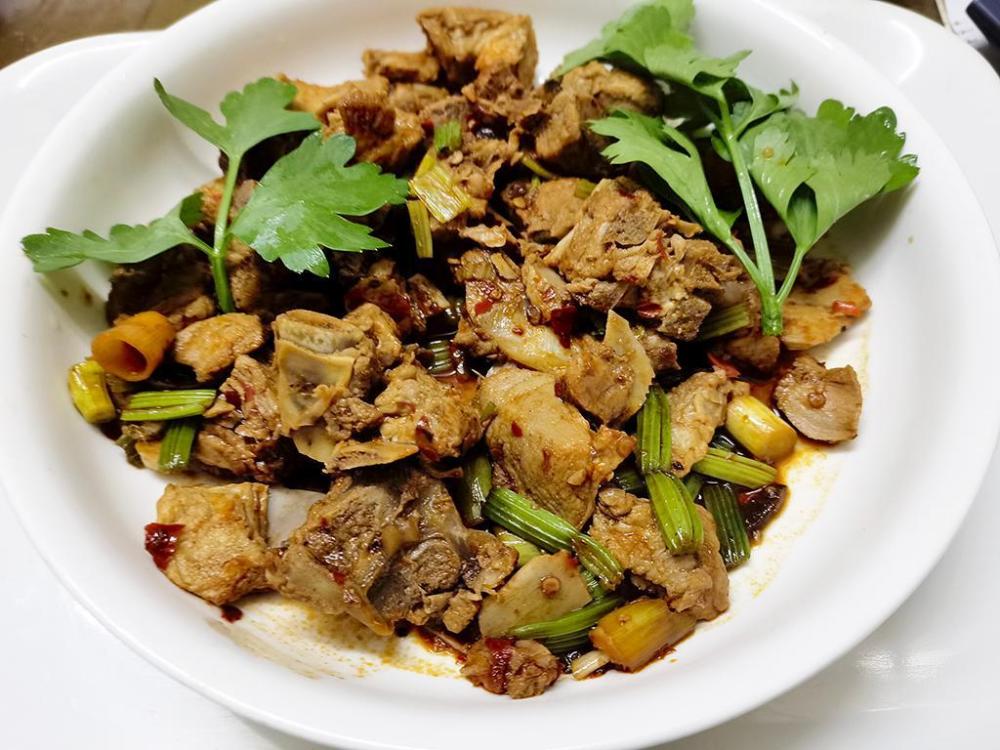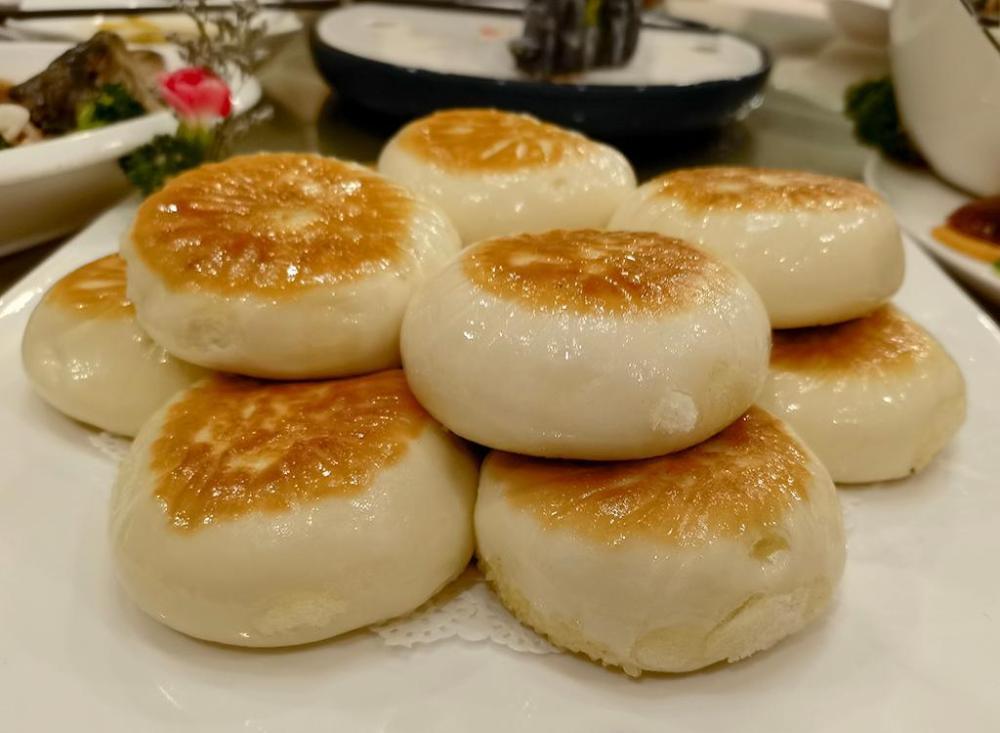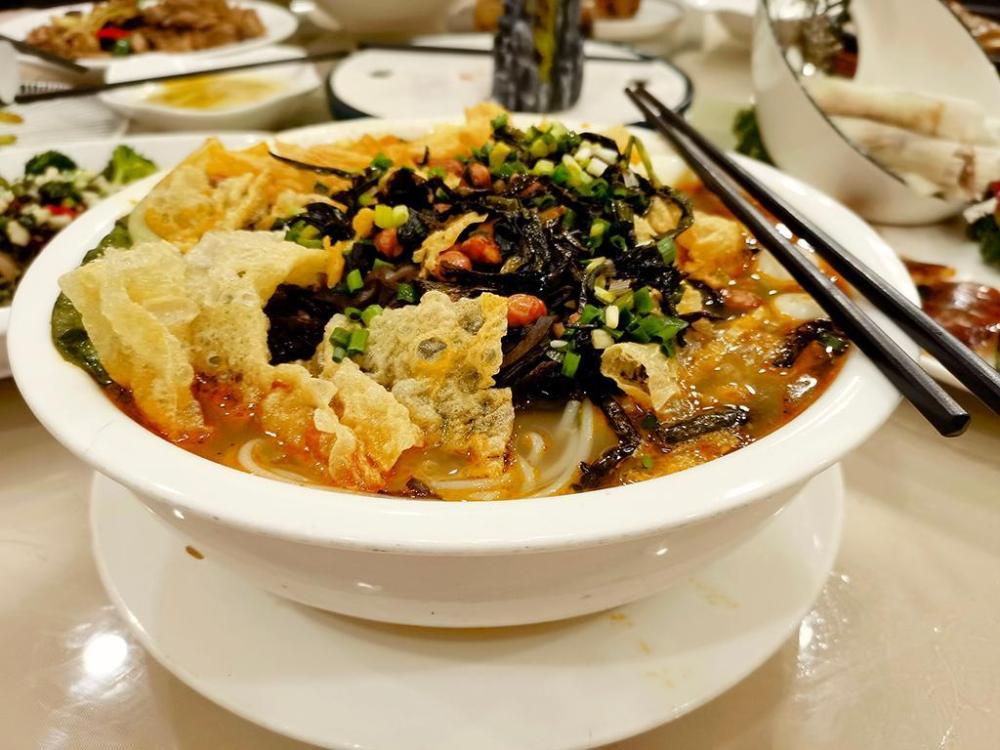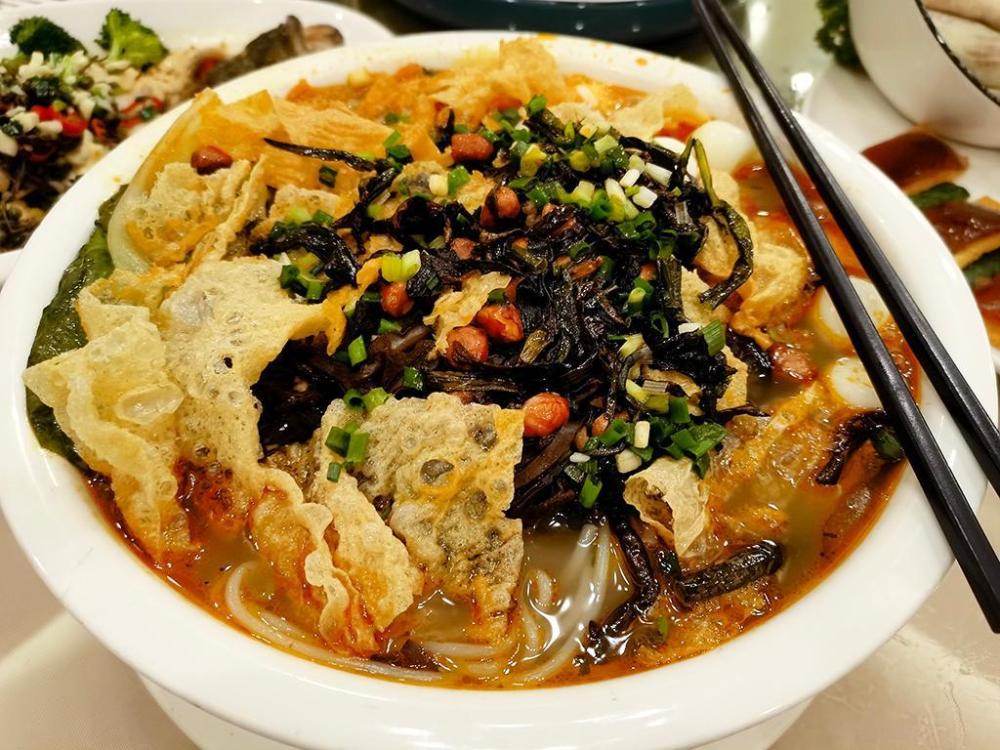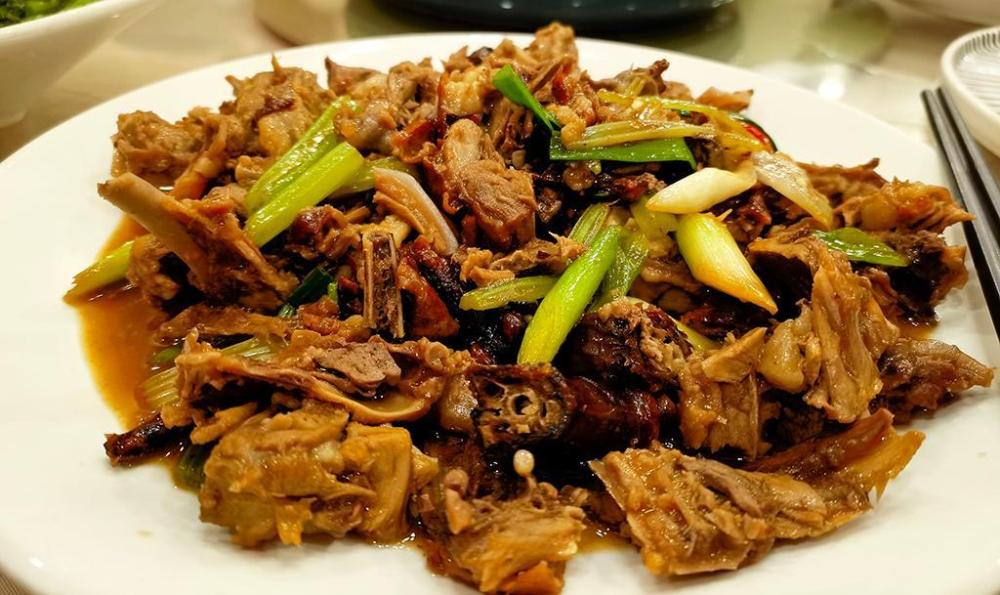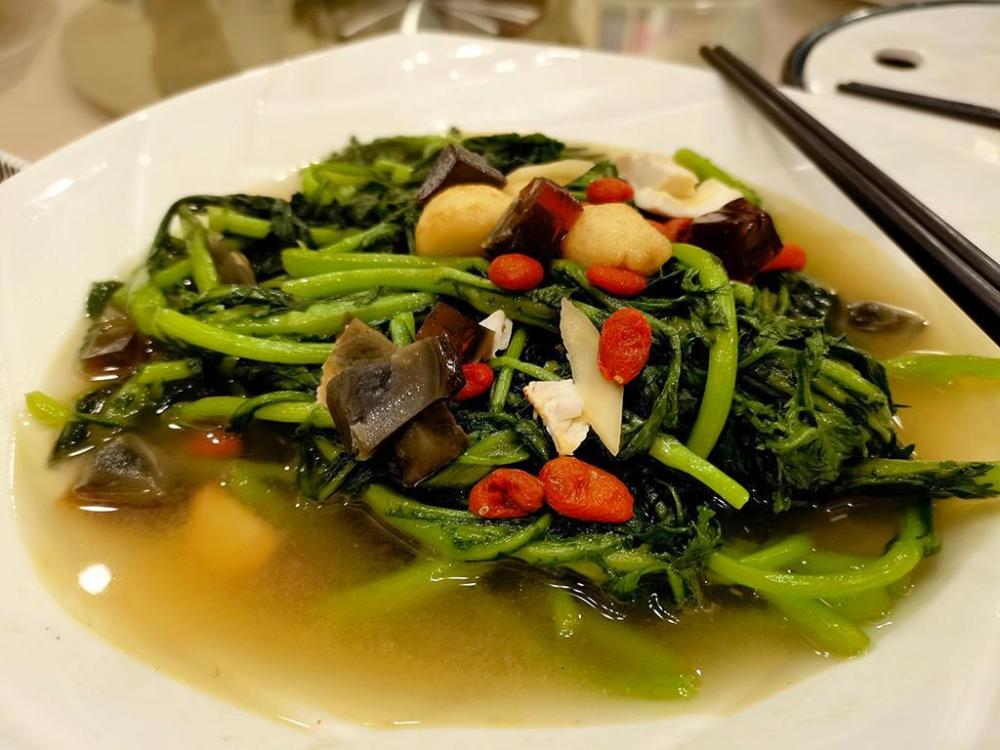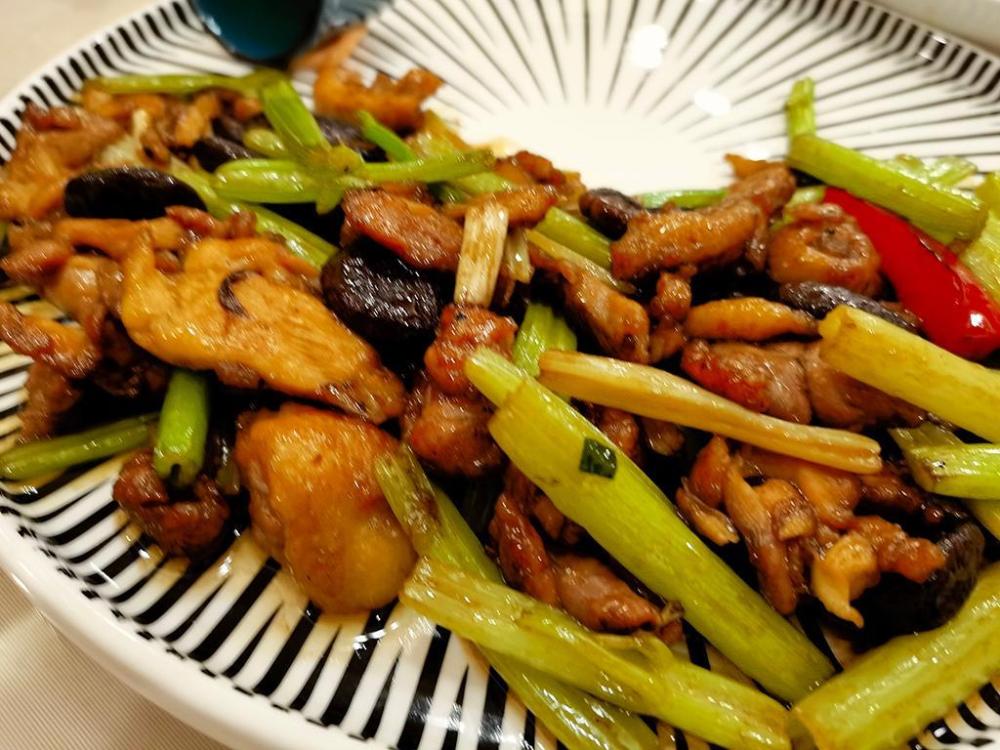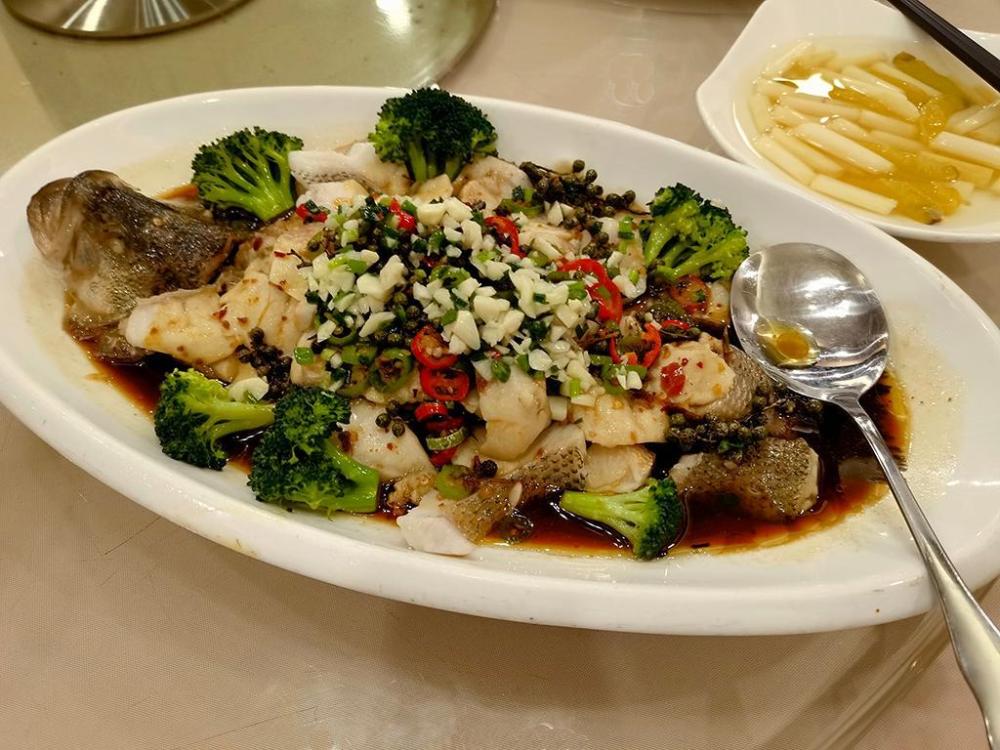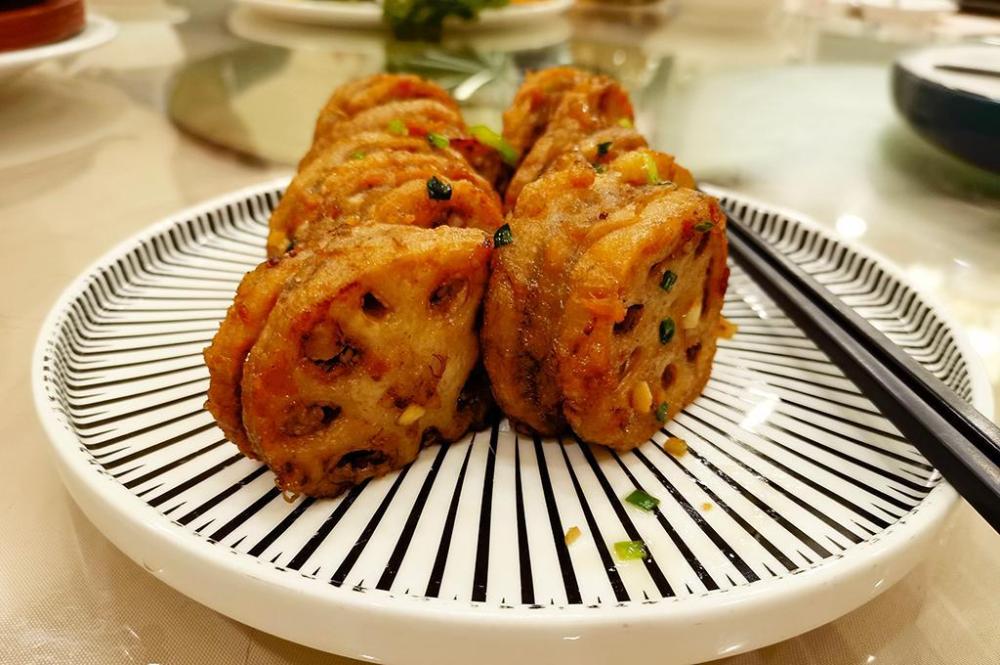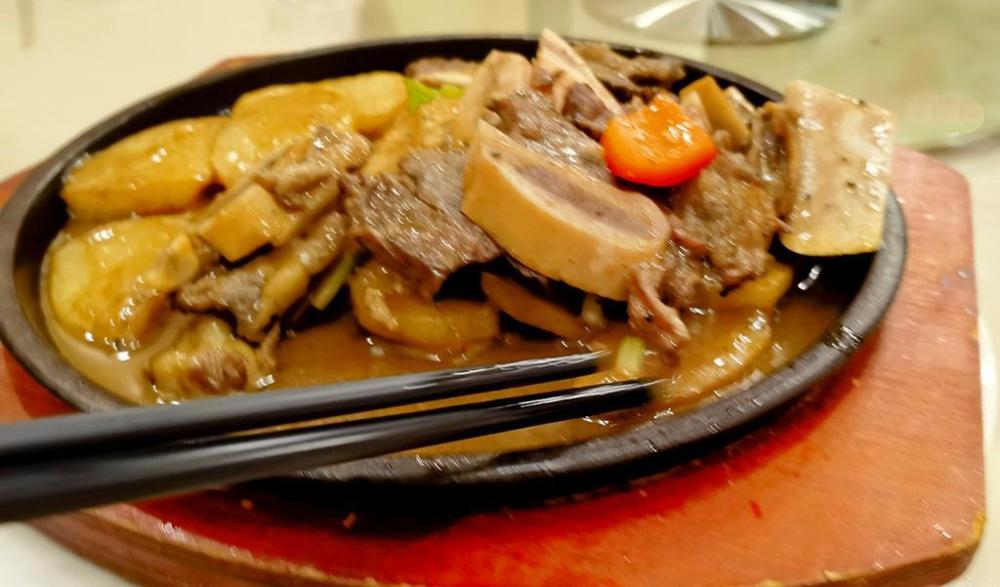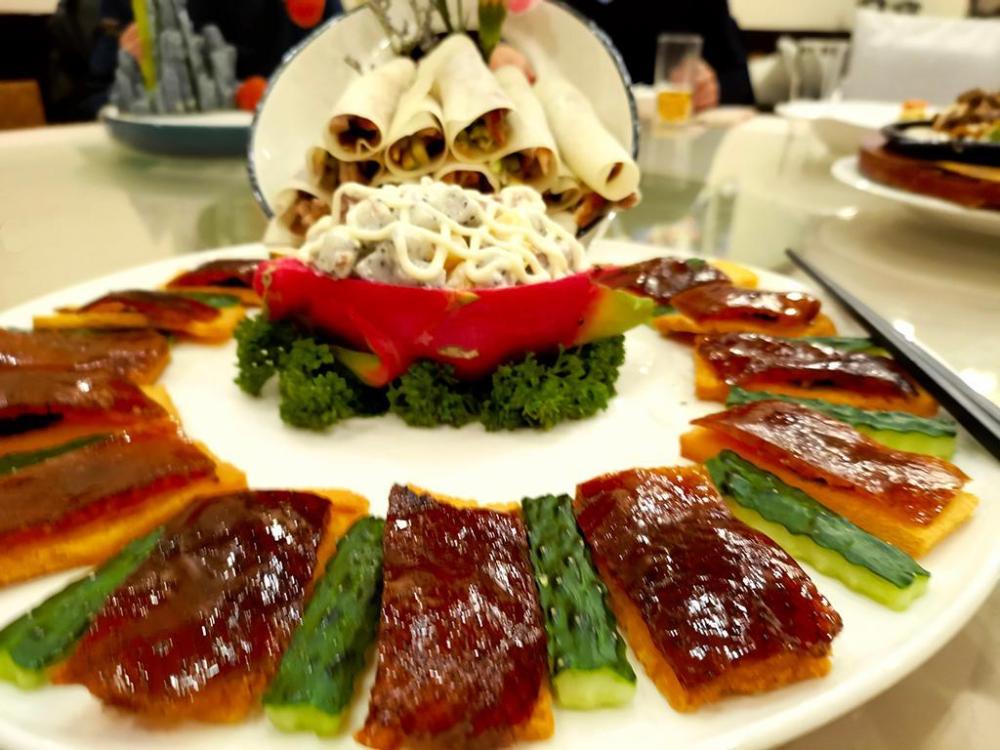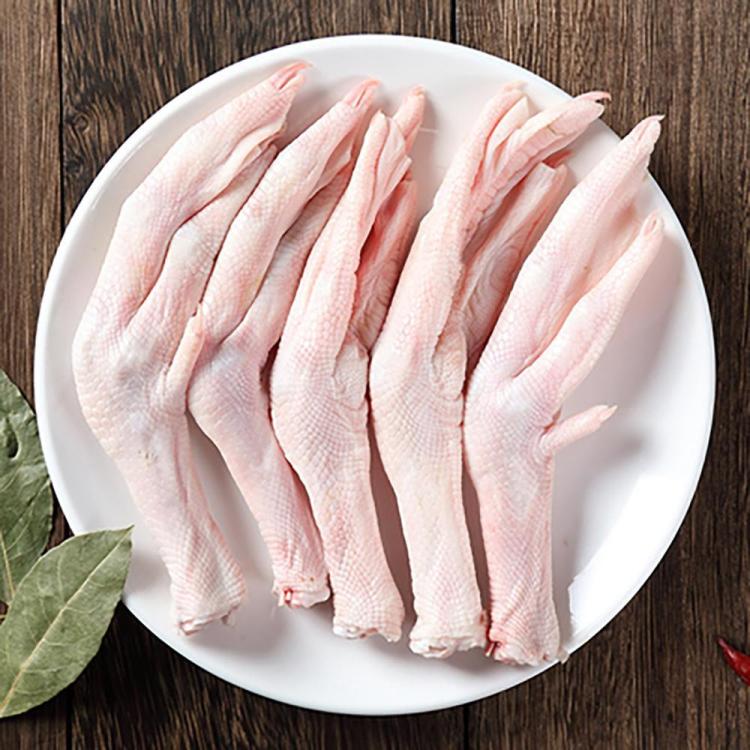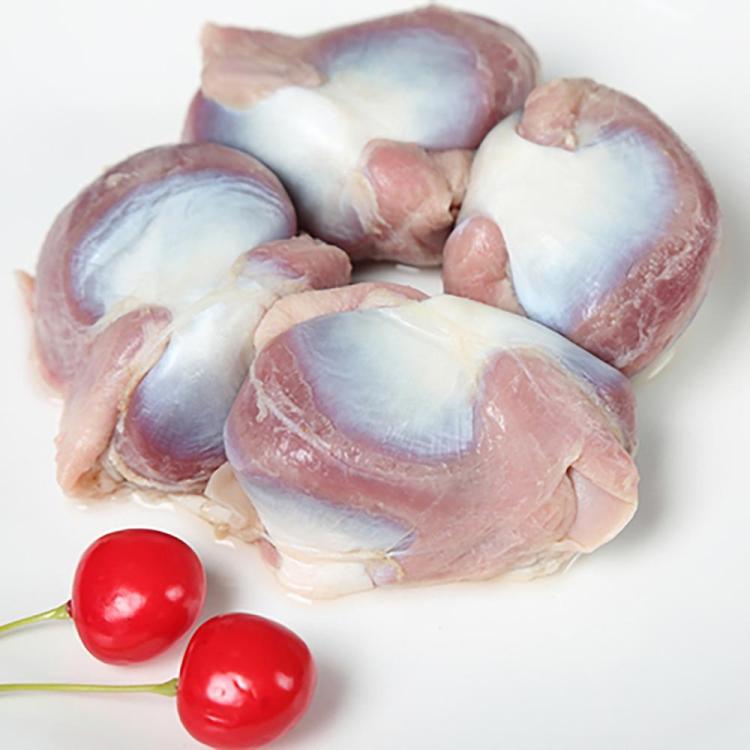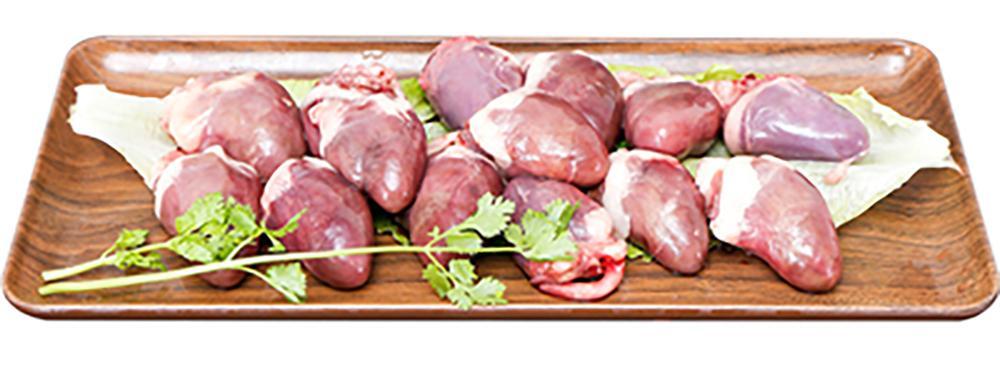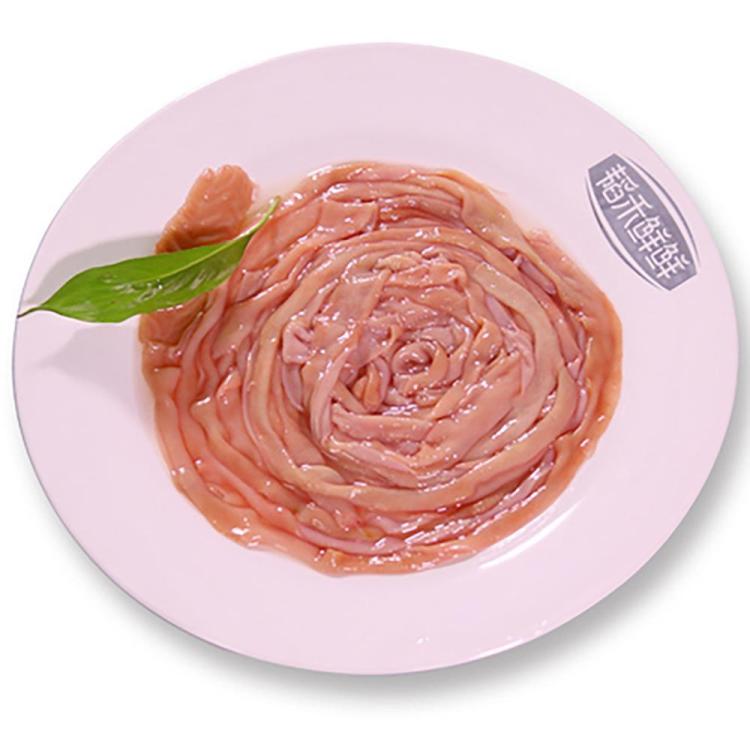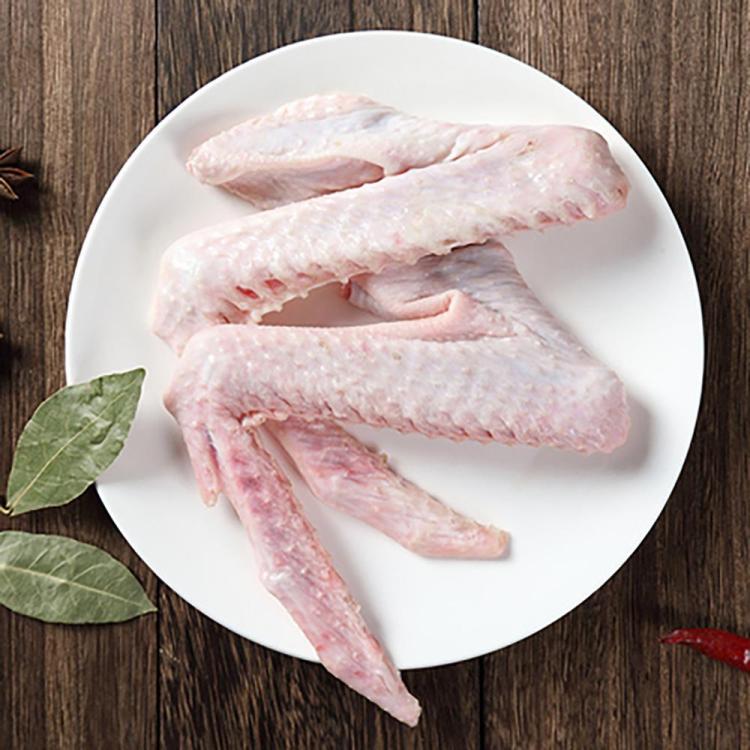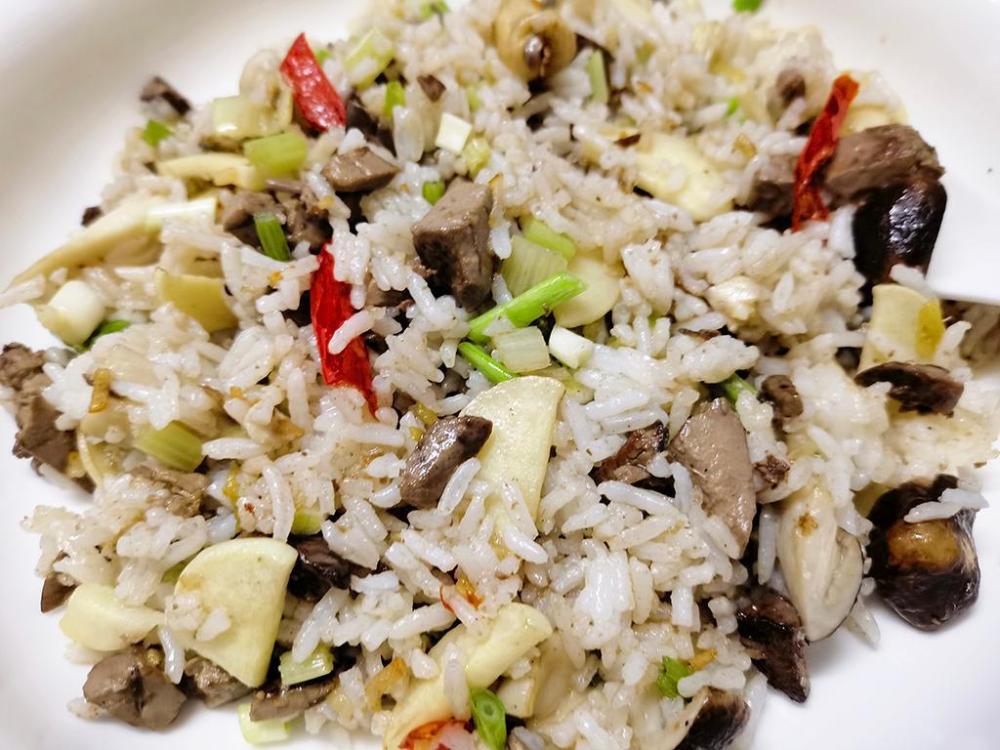-
Posts
16,663 -
Joined
-
Last visited
Content Type
Profiles
Forums
Store
Help Articles
Everything posted by liuzhou
-
Took a pork tenderloin or pork fillet or pork steak (round here it's 猪里脊肉 (zhū lǐ ji ròu)) and pan fried it. The bulk of the fat was removed and rendered then used to stir fry the vegetation which was 木耳菜 (mù ěr cài), wood ear vegetable. This missed the photo op, but here is some before cooking. The pork was brined and then rubbed with black pepper and chilli powder and seared and fried in olive oil, then served on couscous.
-
Same as you. For colour. Especially in stocks for sauces, some soups etc.
-
I collect onion skins, too. Not for Easter, though.,
-
Yup!
-
13-Spice Powder. Only wimps make do with the 5-spice. Contents: sand kernels, cloves, angelica, star anise, fennel, chilli pepper, galangal, orange peel, black pepper, nutmeg, cinnamon, dried ginger, hawthorn, and licorice.
-
-
... and Scotland and it was Guinness. In fact, the only time I saw my mother drinking alcohol was when she was propped up in bed in 1959 having just given birth to my youngest brother. Hmmm. The one about the ₤45 rent a year is untrue. That lease was only for 4 acres of the 50 acre site and became invalid a long time ago when Guinness bought the land outright. They aren't paying themselves rent! I do know the head of quality control in Guinness's Park Royal Brewery in London. She does a lot more than just taste the brew every morning as implied. She has a PhD in food science. Very clever lady (and a great cook).
-
Slow cooked pork ribs stir-fried with with garlic, ginger, doubanjiang, soy sauce, Chinese celery, scallions and Shaoxing wine. Served with rice and celery leaves.
-
Guinness is no mere beverage! It is a fully complete balanced meal packed with nutrition, flavour and sublime happiness. Not so long ago it was available on prescription to new mothers in British maternity hospitals for its health benefits. Hic!
-
-
I did have one vehicle name - The Elf. 1980s? So named for its registration plate ELF 720Y. Miss it a lot. I know this will be sent to the darkness for not being food related, but that thing carried me, my late wife and and my kids to food delights beyond our imagination! And no one will take that away from me.
-
Not appliances, but foodstuffs have pet names in my life. I've mentioned a few here before to people's bewilderment. Sparrow juice, being the most repeated. I've never served sparrow juice with tangly jelly, as far as I recall, though now I've thought of it, I might.
-
I have a family of them!
-
The luosifen was disappointing. I'm hitting the streets again tomorrow. I didn't eat the baozi. I was told they were meat (.e. pork), but the bun itself was sweet. No thanks! Still a nice social gathering.
-
A llight lunch for 10 in a local hotel private dining room today. Hand shredded duck Morning Glory / Water Spinach Spiced Chicken Sichuan Steamed Sea Bass Lotus Root Pork Burgers Mutton and Potato Beijing Duck Shrimp Ball "Flowers" Luosifen Luosifen 2 Baozi
- 869 replies
-
- 13
-

-

-
The classic British dish and favourite of Queen Victoria which never existed!
-
So you cook chicken, have your people gnaw the bones and remove the good elements, collect the used bones, wash in "hot" water" then use them for stock? To what end? Bones have no flavour. Any chance they may have vestigal remains of actual flavour have been removed three times.
-
I hope you wash the forks thoroughly before putting them in the drawer.
-
I still have the Curry Club cookbook from the 1980s. The late Pat Chapman was hugely influential in the UK curry world. As to wings, about a month ago I had some Asian style wings from Christine Ha's (Blind Chef's) cookbook. “Recipes from My Home Kitchen (eG-friendly Amazon.com link)”. They were to die for.
-
Bangkok is always chaotic! And long may it stay so. Looking forward to your pictures.
-
I do use all bones, but not those that have been gnawed on! Rolling boiling water does NOT kill everything.
-
Anyone like and / or cook goose 'bits'? My local vendors mostly do feet (webs), heart, wings, gizzards, intestines etc. All delicious. Of course liver (foie gras and non-gras). I often do liver and intestines; occasionally heart. Braised goose liver fried rice is a favourite. Goose Feet Goose Hearts Goose Wings Goose Gizzard Goose Intestines Goose Foie Gras Goose Liver Fried Rice
-
I assumed those were typos above but maybe not… They were auto-correct suggestions which amused me enough to decide just to accept them. The passport comment was, i thought, clearly in jest and intended to indicate the depth of Britishness involved. Anyway, this is all totally irrelevant to the OP's question.



